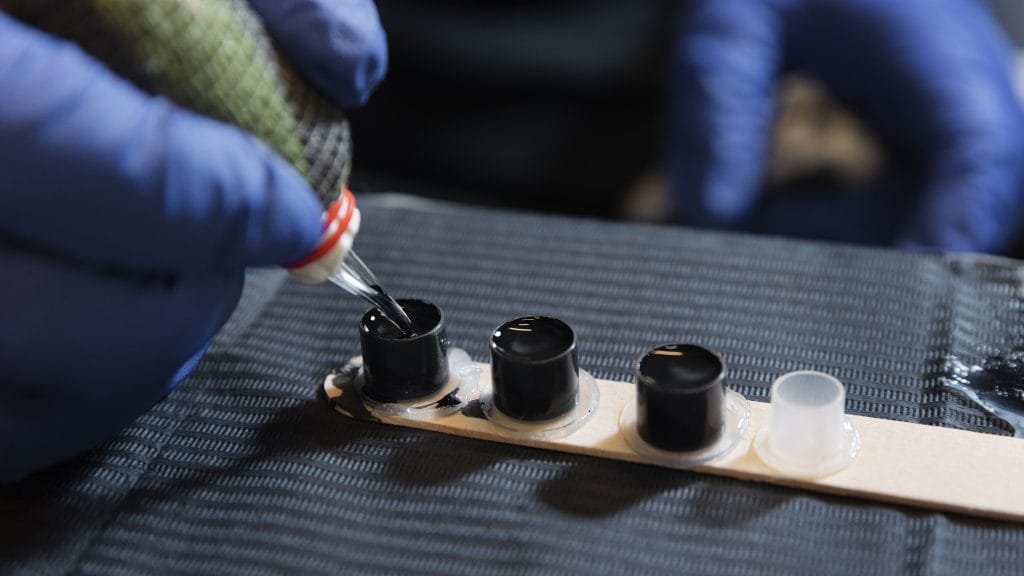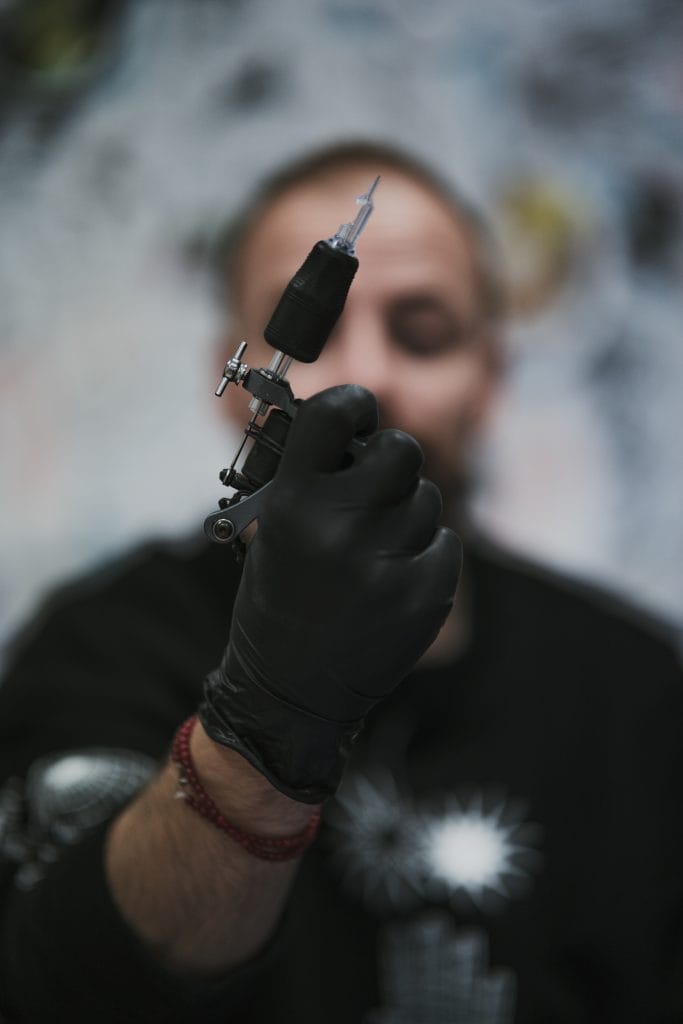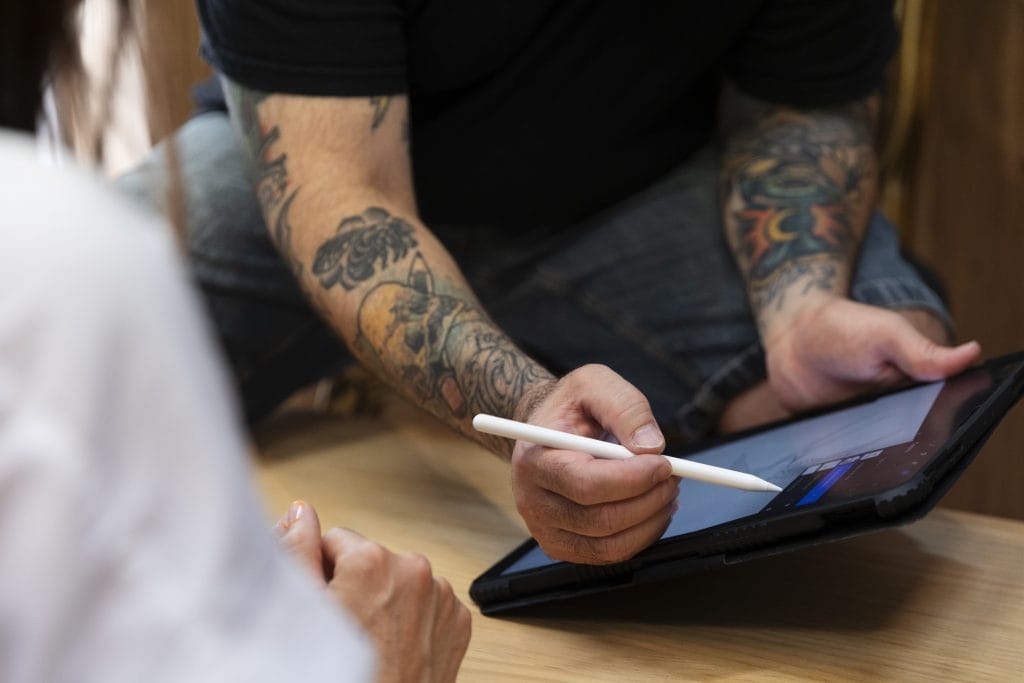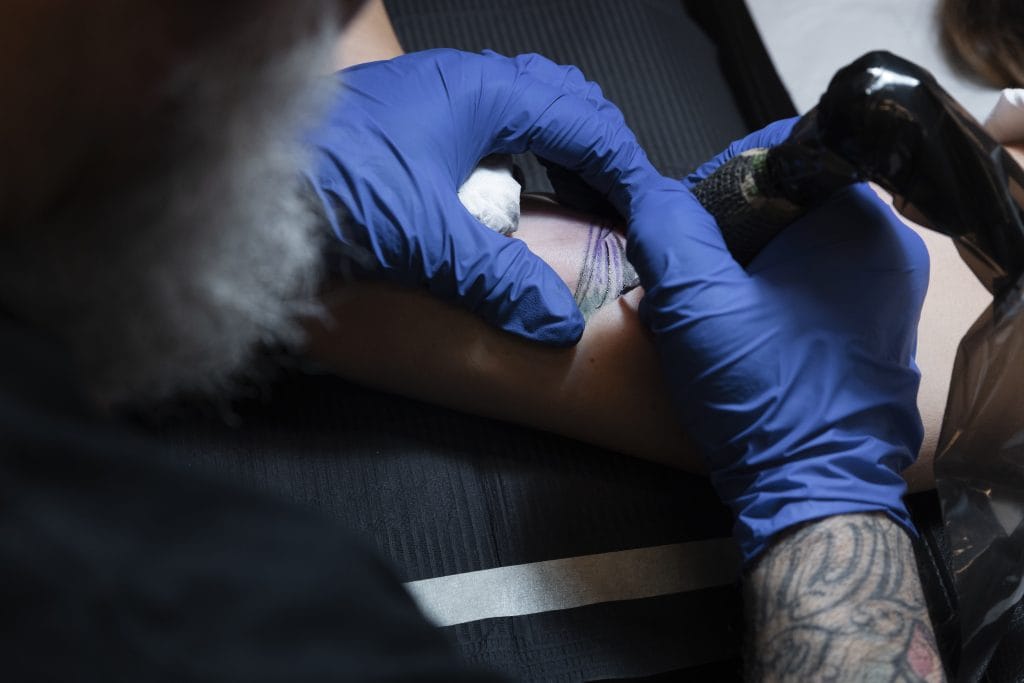Touch-up policies are essential guidelines that tattoo shops establish to address the need for modifications or enhancements to existing tattoos. These policies typically outline the conditions under which a touch-up is warranted, the timeframe in which clients can request one, and any associated costs. At Funhouse Tattoo in San Diego, these policies are designed to ensure that clients receive the best possible outcome from their tattoo experience while maintaining a clear understanding of what is expected from both the artist and the client.
A well-defined touch-up policy serves as a framework for managing client expectations. It clarifies the responsibilities of the tattoo artist and the client, ensuring that both parties are on the same page regarding the care and maintenance of the tattoo. This understanding is crucial, as it helps to prevent misunderstandings and dissatisfaction that can arise from miscommunication.
By establishing clear guidelines, Funhouse Tattoo can foster a positive relationship with its clients, encouraging them to return for future work and refer others to the shop.
Key Takeaways
- Understanding Touch-Up Policies
- Touch-up policies outline the terms and conditions for providing touch-up services to customers.
- These policies typically cover the timeframe for requesting touch-ups, the scope of services included, and any associated charges.
- Importance of Touch-Up Policies
- Touch-up policies help manage customer expectations and ensure consistency in service delivery.
- They also protect the business by clearly defining the limits of touch-up services and any associated costs.
- When to Implement Touch-Up Policies
- Touch-up policies should be implemented from the outset of offering products or services that may require touch-ups.
- It is important to have these policies in place before any touch-up requests are made by customers.
- Factors to Consider in Setting Touch-Up Policies
- Factors to consider when setting touch-up policies include the type of product or service, the frequency of touch-up requests, and the cost of providing touch-up services.
- How Much to Charge for Touch-Up Services
- The cost of touch-up services should be based on the scope of work and the resources required to complete the touch-up.
- It is important to communicate the charges clearly to customers to avoid any misunderstandings or disputes.
- Communicating Touch-Up Policies to Customers
- Clear and transparent communication of touch-up policies is essential to manage customer expectations and avoid any confusion.
- This can be done through various channels such as websites, brochures, and direct communication with customers.
- Handling Customer Feedback on Touch-Up Policies
- It is important to listen to customer feedback on touch-up policies and make adjustments if necessary to improve customer satisfaction.
- Addressing customer concerns and providing exceptional service can help build trust and loyalty.
- Adapting Touch-Up Policies to Changing Circumstances
- Touch-up policies should be periodically reviewed and updated to reflect changes in the business environment or customer needs.
- Flexibility in adapting touch-up policies can help the business stay competitive and responsive to customer demands.
Importance of Touch-Up Policies
The significance of touch-up policies cannot be overstated in the tattoo industry. They play a vital role in maintaining the quality and integrity of the artwork. Tattoos are not just permanent marks on the skin; they are expressions of individuality and artistry.
Therefore, ensuring that these pieces remain vibrant and true to their original design is paramount. Touch-up policies help to uphold the standards of quality that clients expect from Funhouse Tattoo, reinforcing the shop’s reputation for excellence. Moreover, touch-up policies contribute to customer satisfaction and loyalty.
When clients know that they have the option for touch-ups if needed, they are more likely to feel confident in their decision to get tattooed at Funhouse Tattoo. This assurance can lead to increased word-of-mouth referrals and repeat business, both of which are essential for the long-term success of any tattoo shop. By prioritizing touch-up policies, Funhouse Tattoo demonstrates its commitment to client care and artistic integrity.
When to Implement Touch-Up Policies
Touch-up policies should be implemented at various stages of the tattoo process. Initially, they should be introduced during the consultation phase, where artists discuss the design, placement, and aftercare with clients. This early introduction allows clients to understand that touch-ups may be necessary due to factors such as skin type, healing processes, or environmental influences.
By setting these expectations upfront, Funhouse Tattoo can minimize potential dissatisfaction later on. Additionally, touch-up policies should be revisited after the tattoo has healed. Typically, a touch-up is recommended within a specific timeframe—often within six weeks to three months post-application—when the tattoo is fully healed but may require adjustments.
This period is crucial for assessing how well the ink has settled into the skin and whether any areas need enhancement. By clearly defining this timeframe in its policies, Funhouse Tattoo ensures that clients are aware of when they can seek touch-ups without incurring additional costs.
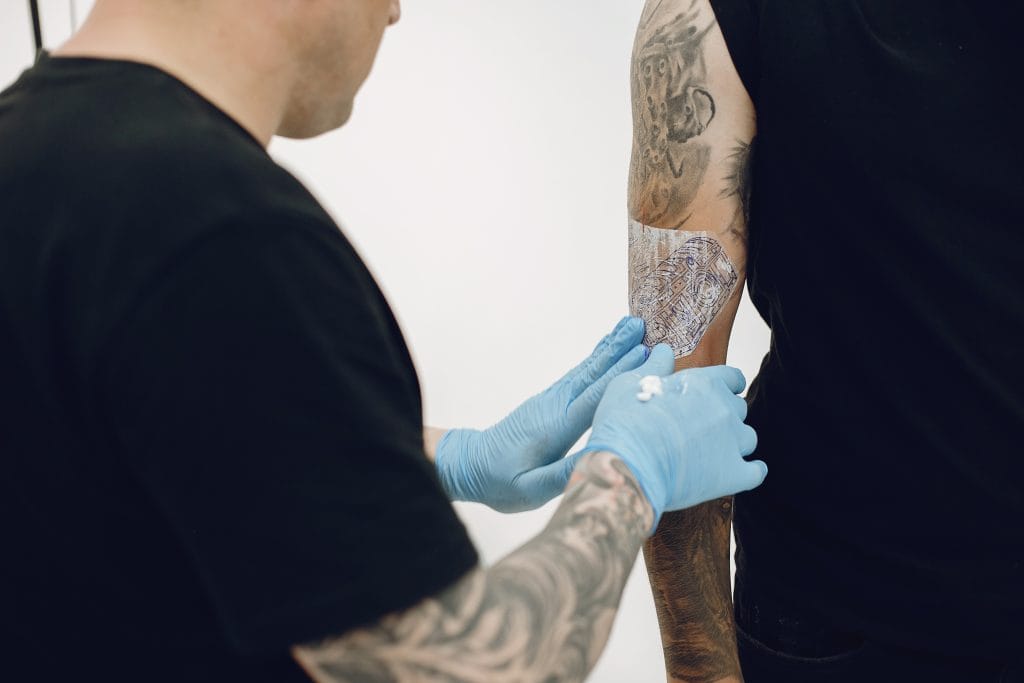
Factors to Consider in Setting Touch-Up Policies
When establishing touch-up policies, several factors must be taken into account to ensure they are fair and effective. One primary consideration is the type of tattoo being performed. Intricate designs or those with fine details may require more frequent touch-ups than simpler tattoos.
Funhouse Tattoo must evaluate the complexity of each design and adjust its policies accordingly to reflect the varying needs of different styles. Another important factor is the client’s skin type and aftercare practices. Some individuals may have skin that retains ink better than others, while others may experience fading due to various reasons such as sun exposure or improper aftercare.
Funhouse Tattoo should consider these variables when formulating its touch-up policies, ensuring that they are adaptable to individual circumstances. This personalized approach not only enhances client satisfaction but also reinforces the shop’s commitment to quality artistry.
How Much to Charge for Touch-Up Services
Determining the appropriate pricing for touch-up services is a critical aspect of developing effective touch-up policies. Pricing should reflect not only the time and effort required by the artist but also the value provided to the client. Funhouse Tattoo may choose to offer complimentary touch-ups within a specified timeframe after the initial tattoo application, as this can serve as an incentive for clients to return and build loyalty.
For touch-ups requested outside of this complimentary period, a reasonable fee should be established based on factors such as the size of the tattoo and the extent of work needed. Funhouse Tattoo must strike a balance between affordability for clients and fair compensation for artists’ time and expertise. Transparent pricing structures will help clients understand what to expect and foster trust in the shop’s practices.
Communicating Touch-Up Policies to Customers
Effective communication of touch-up policies is essential for ensuring that clients are well-informed about their options and responsibilities. At Funhouse Tattoo, artists should take the time to explain these policies during consultations and follow-up appointments. Providing written documentation outlining the touch-up policy can also be beneficial, allowing clients to refer back to it as needed.
In addition to verbal communication, utilizing digital platforms such as social media or the shop’s website can enhance outreach efforts. By sharing information about touch-up policies online, Funhouse Tattoo can reach a broader audience and ensure that potential clients are aware of what to expect before they even step into the shop. Clear communication fosters transparency and builds trust between artists and clients.

Handling Customer Feedback on Touch-Up Policies
Customer feedback is invaluable when it comes to refining touch-up policies at Funhouse Tattoo. Listening to clients’ experiences can provide insights into what aspects of the policy work well and which areas may need improvement. Encouraging open dialogue about touch-up experiences allows clients to feel heard and valued, fostering a sense of community within the shop.
When addressing feedback, it is essential for Funhouse Tattoo to approach each situation with empathy and understanding. If a client expresses dissatisfaction with a touch-up experience or policy, taking the time to investigate their concerns can lead to constructive changes that benefit future clients. By demonstrating a willingness to adapt based on feedback, Funhouse Tattoo can enhance its reputation as a customer-centric establishment.
Adapting Touch-Up Policies to Changing Circumstances
The tattoo industry is dynamic, with trends, techniques, and client expectations continually evolving. As such, it is crucial for Funhouse Tattoo to remain flexible in its approach to touch-up policies. Regularly reviewing and updating these policies in response to industry changes or client feedback will ensure that they remain relevant and effective.
Additionally, external factors such as advancements in tattoo technology or shifts in societal attitudes toward body art may necessitate adjustments in touch-up practices. For instance, if new inks or techniques emerge that improve longevity or reduce fading, Funhouse Tattoo may need to reconsider its approach to touch-ups altogether. By staying attuned to these changes and being willing to adapt, Funhouse Tattoo can maintain its status as a leading tattoo shop in San Diego while continuing to meet the needs of its diverse clientele.
